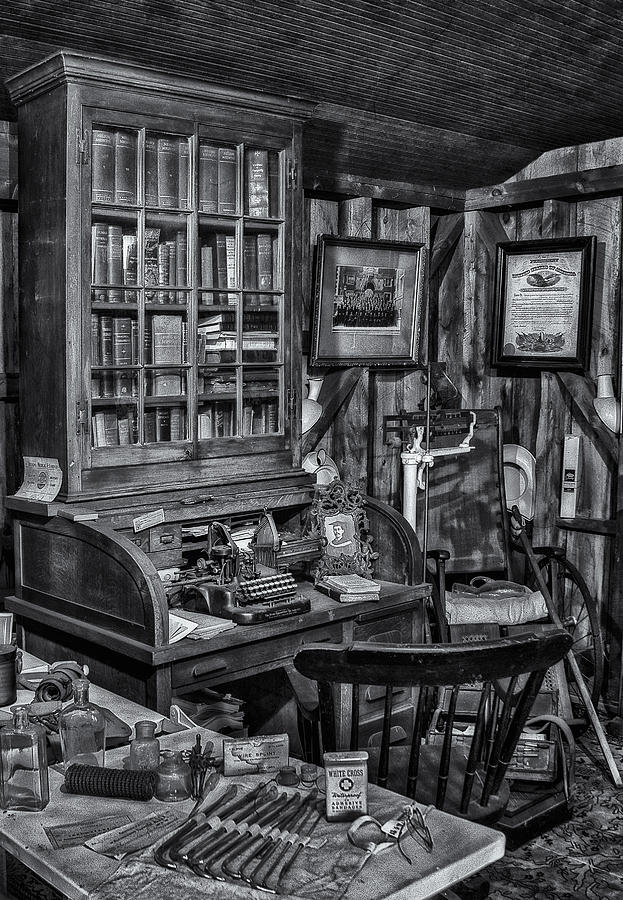
Whatever physicians and nurses can do to push for less time with their screen, and more with patients, will benefit everyone. Until better and faster IT solutions are created, the world of health care IT has reduced patients’ stories to reams of garbled data, tick boxes, and random incomprehensible lists. With studies now suggesting that doctors (and nurses) spend an absolute minimal part of their day, as little as 10 percent, in direct patient care - everyone at the frontlines, but most of all our patients, lose out. The doctor wasn’t glued to their computer screen. I’m saving this for last, because health care information technology and cumbersome electronic medical records - in their current suboptimal state - now represent one of the biggest barriers between the doctor and patient.
OLD TIME DOCTOR FREE
There wasn’t a small army of a dozen administrators for every physician! Likewise, this was reflected in how their doctor acted and behaved, free to be the true advocate for their patient.ħ. Back then, it was more about the doctor and the patient in its purest form, as it should be. The doctor was free and independent. This may be more difficult to recreate with the way the health care system is going, but back in the day doctors were their own boss and not at the whim of health care administrators and overly burdensome regulation. Nowadays, little things we can do include reading and recapping on the medical chart before we walk into that room to make sure we know as much as possible about the human being in front of us.Ħ. You felt a personal connection to them and knew they were rooting for you. They didn’t rely on computers (more about that below). Your old family physician would know you (and likely your family) very well. The doctor knows you. This is perhaps one of the biggest changes over the last few decades. Before ordering a battery of tests or having a shotgun-type approach to investigations.ĥ.

The old school physician has the diagnosis in mind right after talking to and examining their patient.
.jpg)
And this is something that is noticed by our patients too. It’s now too much of a quick protocol driven, box-ticking exercise. The doctor has solid clinical skills. Physical examination (along with history taking) has become a lost art. They would think thoroughly through the problem at hand and utilize their breadth of knowledge to come up with a diagnosis, and then take the time to explain it to you.Ĥ. The doctor thinks carefully through the problem. The old school physician is the one who would visibly be a thoughtful problem solver.


 0 kommentar(er)
0 kommentar(er)
